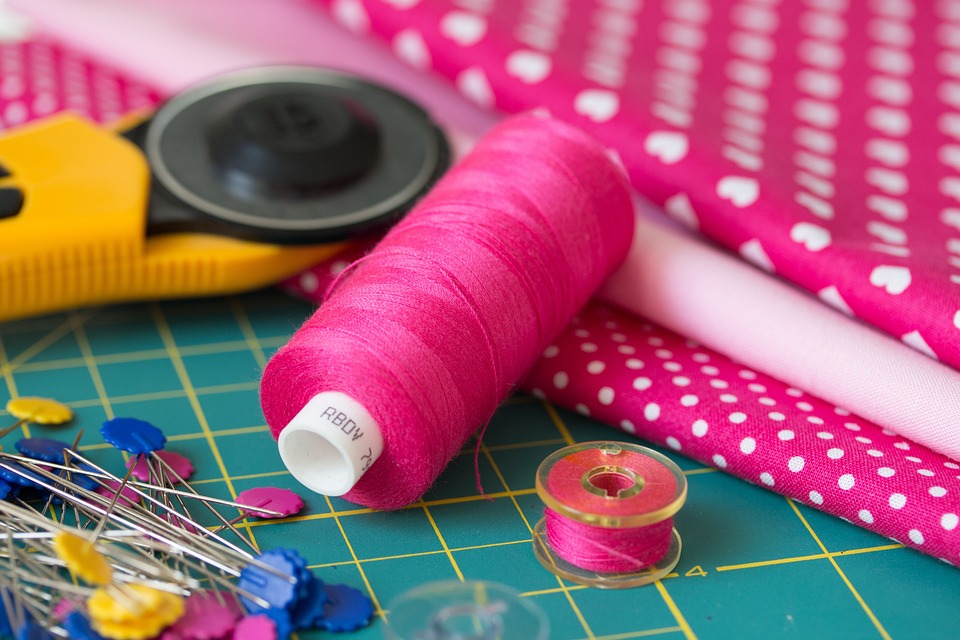Thread is often overlooked as a mundane tool used solely in the realm of sewing. However, artists and designers are increasingly recognizing its potential for creating stunning works of art and innovative designs. Beyond its functional purpose in holding fabrics together, thread can be utilized in unconventional ways to bring a dynamic element to various art and design projects.
One of the most fascinating uses of thread in art is thread painting. This technique involves using colored threads to create intricate and detailed images on fabric or canvas. Artists meticulously stitch thread onto surfaces, layering different colors and densities to achieve lifelike representations of various subjects such as landscapes, portraits, or still life compositions. Thread painting offers a unique blend of painting and textile art, resulting in stunning and tactile visual pieces.
In addition to thread painting, thread can also be used to create striking three-dimensional sculptures. Artists manipulate threads into various shapes and forms, weaving them together or suspending them from ceilings to create intricate and delicate structures. These thread sculptures create ethereal and otherworldly scenes that challenge the viewer’s perception of space and material capabilities.
Furthermore, thread has found its way into the world of fashion and design. Emerging designers are incorporating thread as a decorative element, elevating garments and accessories to new levels of creativity. Intricate hand embroidery is gaining popularity, as it allows for the embellishment of garments with intricate patterns, symbols, and even personal narratives. Thread can transform a plain garment into a work of art, adding texture, color, and depth to the design.
Another unconventional use of thread lies in the field of installation art. Artists are increasingly employing thread as a medium for large-scale site-specific installations. By stretching and suspending thread across open spaces or architectural structures, they create immersive experiences that engage viewers and alter their perception of the surrounding environment. Thread installations can convey emotions, tell stories, or explore abstract concepts, reshaping the way people interact with the space around them.
Moreover, designers have harnessed the potential of thread in creating unique and intricate patterns in various fields, such as industrial and interior design. Thread can be intricately woven into textiles, creating one-of-a-kind patterns and textures. This technique adds depth and dimension, transforming furniture, wall coverings, or even everyday objects into visually captivating pieces.
The unconventional uses of thread highlight its immense versatility as a medium in the world of art and design. From thread paintings to sculptures, fashion embellishments to installation art, and textile design to interior decorations, this humble material has evolved beyond its traditional sewing role. Its ability to add texture, color, and depth to creations makes it an invaluable tool for artists and designers seeking to push boundaries, challenge perceptions, and create awe-inspiring works of art. So, the next time you encounter a spool of thread, remember its potential as a catalyst for creativity and innovation beyond the sewing machine.

